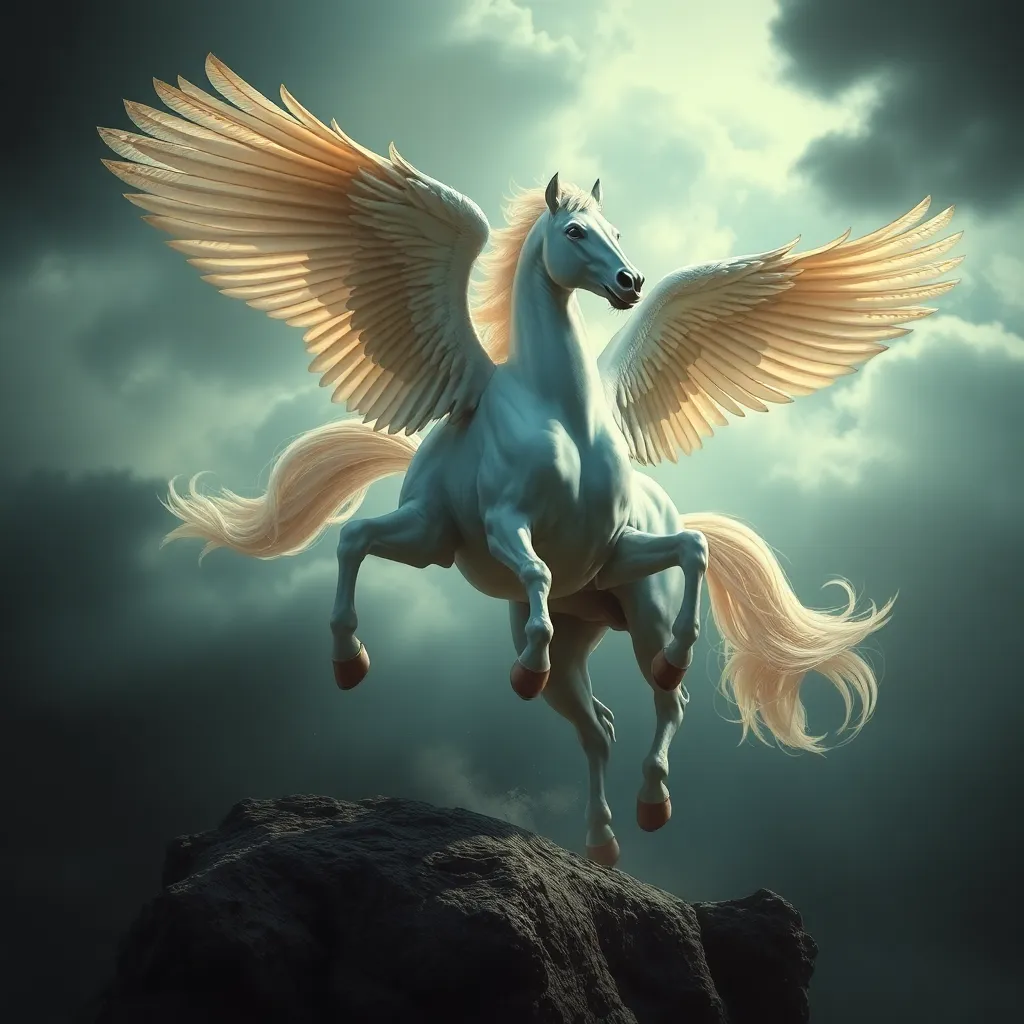The Wicked Spirits of the Chinese Underworld: The Diyiguai and the Guai
1. Introduction
The Chinese belief in the afterlife is rich and complex, deeply intertwined with notions of morality, justice, and the spiritual realm. Central to these beliefs are the concepts of Diyiguai and Guai, which represent the wicked spirits of the underworld. These spirits play a significant role in Chinese culture and folklore, embodying both the fears and moral teachings of society.
Diyiguai, known as the Ten Yama Kings, are the judges of the dead, while Guai are mischievous and malevolent spirits that can cause chaos. Together, they illustrate the dual nature of morality and justice in the afterlife, serving as reminders of the consequences of one’s actions in life.
2. Understanding Diyiguai: The Ten Yama Kings
Diyiguai refers specifically to the Ten Yama Kings, who are tasked with overseeing the souls of the deceased as they enter the underworld. Each king is responsible for judging the actions of the deceased and determining their fate in the afterlife. The Ten Yama Kings are:
- King Yanluo: The supreme judge, he determines the ultimate fate of souls.
- King Puxian: Responsible for the record-keeping of deeds.
- King Zhenjun: Oversees the punishment of evil-doers.
- King Wuguang: Deals with those who committed sins against their parents.
- King Jueyin: Focuses on wrongdoings against friends and family.
- King Qiang: Punishes those who betrayed their country.
- King Lu: Looks after those who have wronged the poor.
- King Shen: Oversees the judgment of those who were deceitful.
- King Yao: Punishes those who are greedy and selfish.
- King Sima: Responsible for the fate of those who commit moral transgressions.
The relationship between Diyiguai and human morality is profound; these kings not only supervise but also symbolize the moral codes that govern society. They remind the living of the importance of ethical behavior and the consequences of immoral actions.
3. The Nature of Guai: Mischievous and Malevolent Spirits
Guai are spirits that encompass a wide range of supernatural entities, often characterized by their mischievous and malevolent nature. These spirits can be seen as both tricksters and avengers, causing trouble for the living while also serving as agents of karma. The term ‘Guai’ can refer to:
- Spirits that disrupt daily life.
- Avenging spirits seeking retribution.
- Trickster spirits that play pranks on humans.
The origins of Guai are often traced back to folklore and legends, where they are depicted as beings that can manipulate the boundaries between the living and the dead. Their duality is significant, as they represent the complexities of morality and the unpredictable nature of justice.
4. Historical Roots: The Evolution of Diyiguai and Guai
The historical context of Diyiguai and Guai can be found in ancient Chinese texts, such as the Daozang and various Buddhist scriptures. These texts illustrate the early understanding of the afterlife and the role of spirits in human affairs. The evolution of these beliefs has been influenced by:
- Taoism: Emphasizing harmony between humans and the spiritual realm.
- Buddhism: Introducing concepts of karma and rebirth.
- Folk Religion: Incorporating local deities and spirits into the narrative.
Over time, the perception of Diyiguai and Guai has transformed, reflecting changes in societal values and beliefs about morality and justice.
5. Rituals and Practices: Managing Wicked Spirits
Traditional rituals to appease Diyiguai and Guai are integral to Chinese culture, aimed at ensuring peace and harmony. Common practices include:
- Offerings of food and incense to spirits.
- Prayers and chants conducted by priests or shamans.
- Family gatherings during festivals to honor ancestors and appease spirits.
Festivals such as the Qingming Festival (Tomb-Sweeping Day) and the Hungry Ghost Festival are significant occasions where families pay respects to the spirits of the deceased, ensuring that Diyiguai and Guai are not angered.
6. Cultural Depictions: Diyiguai and Guai in Art and Literature
The representation of Diyiguai and Guai is prevalent in classical Chinese literature, where they are often depicted as powerful figures that influence human fate. In visual arts, these spirits are illustrated in:
- Paintings that capture their fearsome and whimsical nature.
- Sculptures that embody their characteristics and stories.
Modern interpretations of Diyiguai and Guai can be found in films and television, where they are portrayed as either comedic figures or serious representations of justice and morality.
7. Moral Lessons: The Teachings of Diyiguai and Guai
The moral implications of Diyiguai and Guai resonate throughout Chinese society, serving as cautionary tales about ethics and justice. The teachings associated with these spirits include:
- The importance of personal responsibility.
- The belief in karmic retribution.
- Lessons on the impact of one’s actions on the community.
These lessons are crucial in shaping community values and behaviors, reminding individuals of the interconnectedness of their actions and the broader moral fabric of society.
8. Conclusion
In summary, Diyiguai and Guai are significant components of the Chinese underworld, deeply embedded in the cultural psyche. They offer insights into ancient beliefs about morality, justice, and the afterlife, reflecting the complexities of human behavior and societal values. Understanding these wicked spirits not only illuminates historical perspectives but also enriches our appreciation of contemporary Chinese culture, reminding us of the timeless nature of morality and the consequences of our actions.



